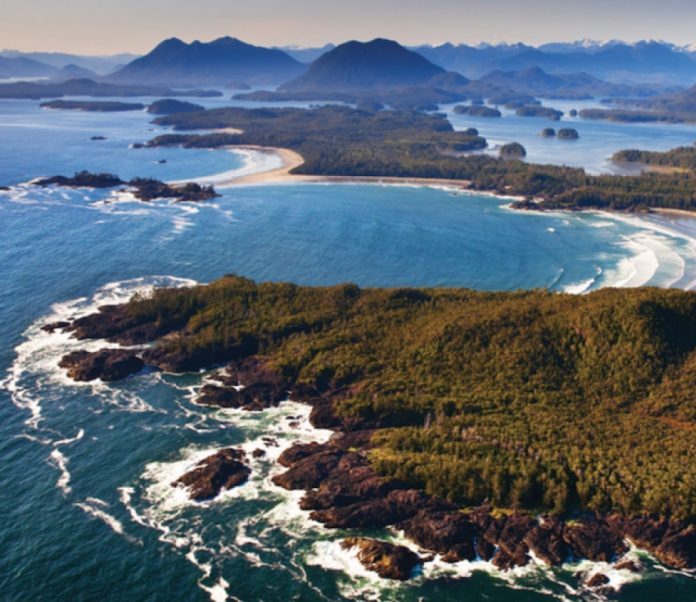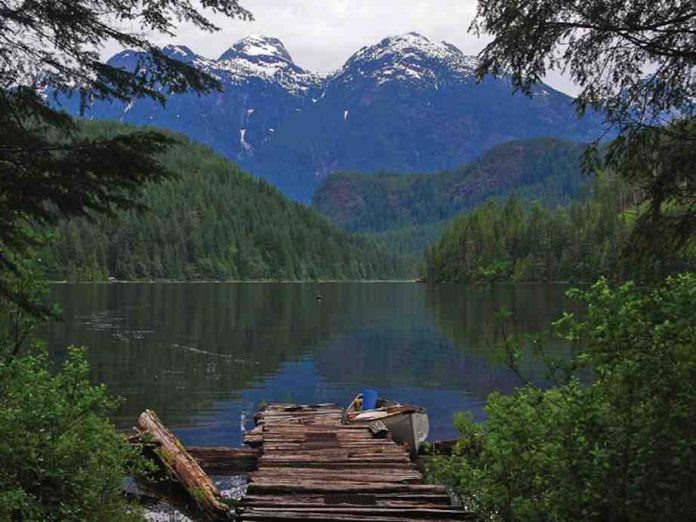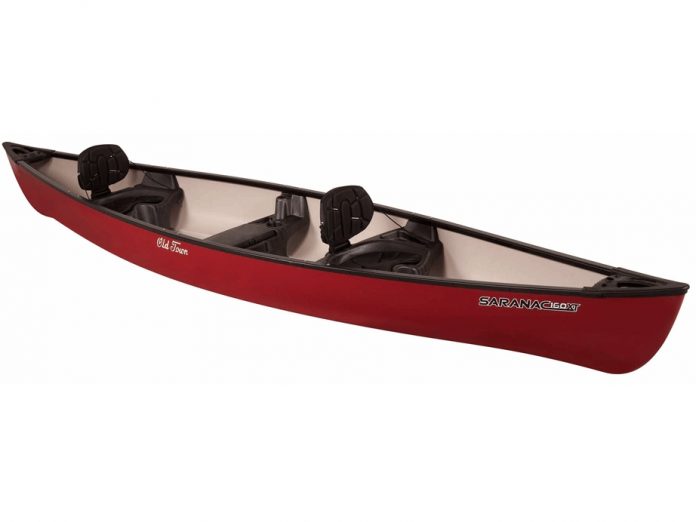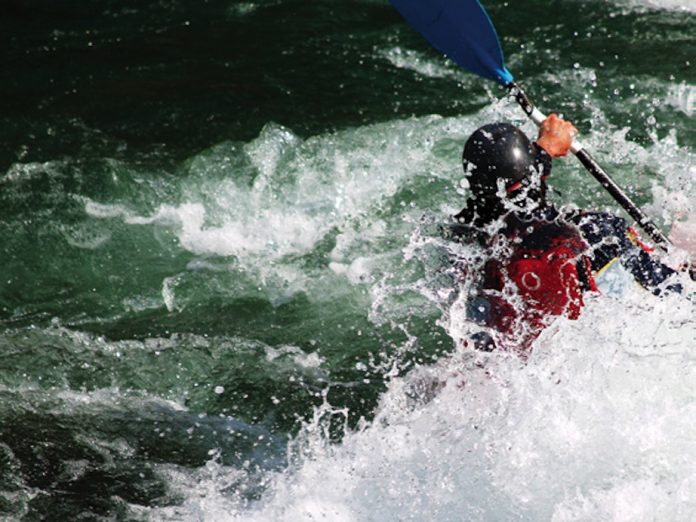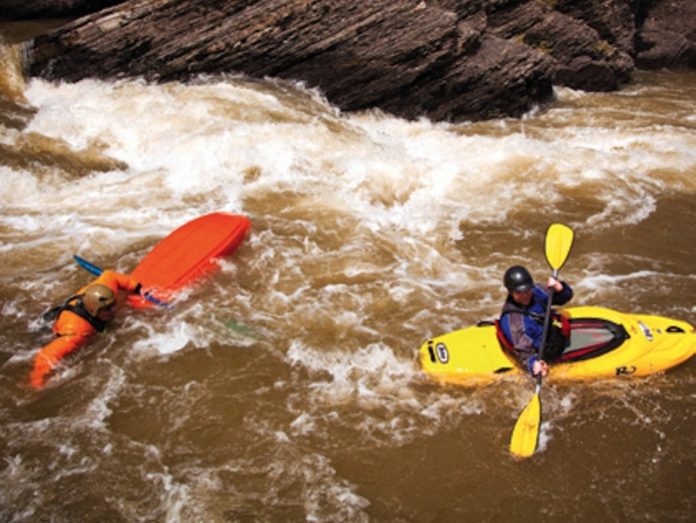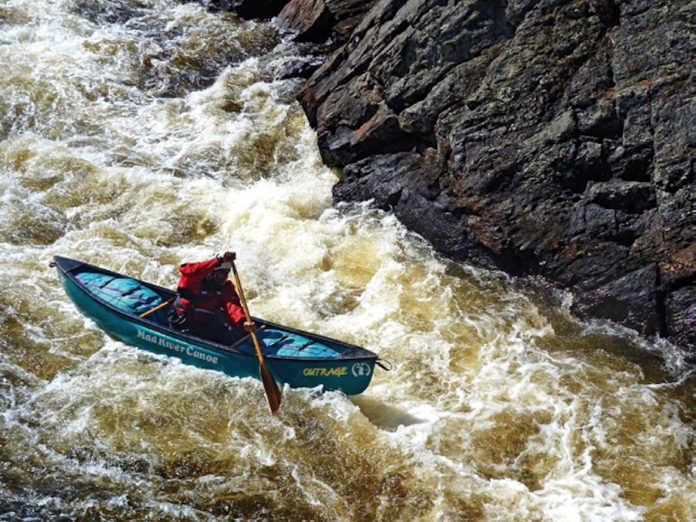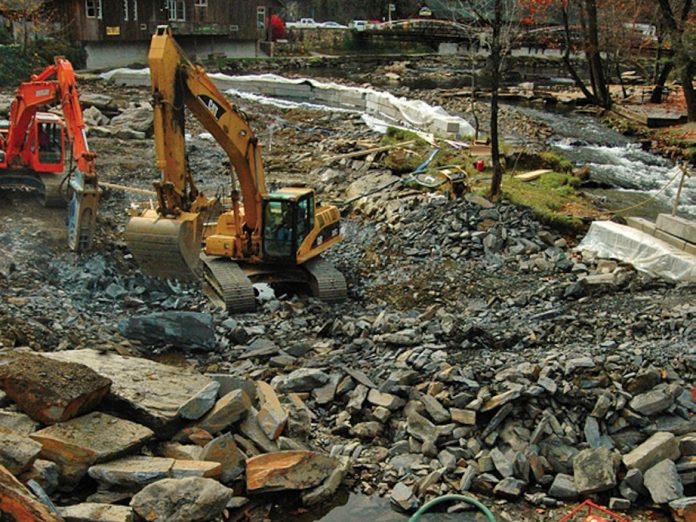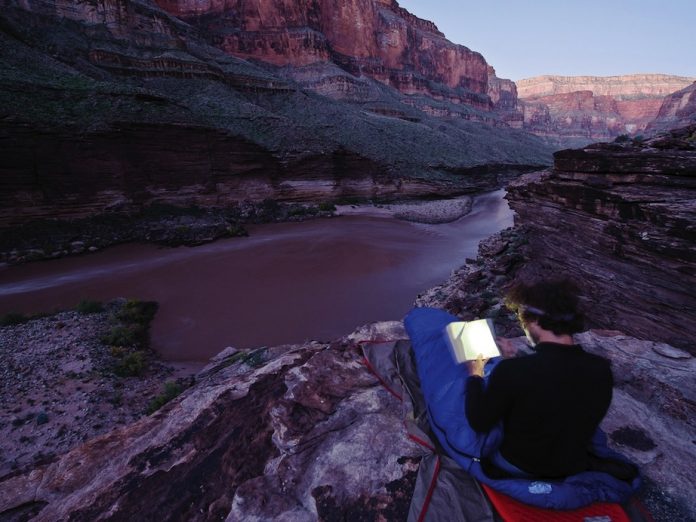The numbers are staggering: an estimated 27,000 kilometers (16,750 miles) of coastline; 1,500 potential sites, including launch points, rest stops and camp sites; 10 paddling clubs and two official trails already open with a combined total of 179 sites. The British Columbia Marine Trail Network (BCMTN) has arrived.
Born nearly 20 years ago in the tidal mind of West Coast kayak pioneer and author of Kayak Routes of the Pacific Northwest Coast, Peter McGee, the BCMTN vision has been a long time coming. In the early 1990s, McGee envisioned a marine trail that would connect paddle strokes from Washington to Alaska. McGee’s ambitious project foresaw increasing pressures on popular and critical kayaking campsites and rest stops from both private land interests and heavy industry, and had the goal of mapping and securing permanent access for paddlers up the entire coast.
After a flurry of activity, including a mid-coast survey and the creation of a campsite at Valdes Island’s Blackberry Point, as well as a rest stop and toilet on Saltspring Island’s Musgrave Point, the association lost steam and by the late 1990s the BCMTN vision began to blur.
Nearly 15 years later, with pressure mounting on popular paddling sites, mainly by private landholders, the movement reawoke with new energy and support from the B.C. Government’s Recreational Sites and Trails program.
Parksville’s Stephanie Meinke is the president of the BCMTN Association and has been working hard with a small army of volunteers to identify, ground-proof and begin adding the sites to the growing list of official B.C. Marine Trails Recreation Sites.
“Campsites vary,” explains Meinke.“Most do not need any form of booking as they are completely undeveloped wilderness sites. Other sites in parks may require a fee and may have pre- booking options, such as those in the Gulf Islands National Marine Park Reserve. We will be adding some commercial campsites and even strategically located B&Bs and resorts shortly.”
“We are continuing to identify prospective new sites to propose to Recreation Sites and Trails B.C.,” says Meinke, “concentrating on the rest of the Vancouver Island coastline and adjoining islands for now. We are also developing our website to become a comprehensive first stop for information on the B.C. Marine Trails Network and its sites.”
The B.C. Marine Trails Network website and online interactive map launched this spring at bcmarinetrails.org. With detailed satellite imagery and info on access, water availability and marine hazards, the map offers paddlers a glimpse into the grandiose scheme of creating the world’s longest marine trail.
And the association never rests. Due to the scope of the initiative, they anticipate the com- pletion of the trail to take several years. The seemingly endless work of installing signage for access and launch sites, filling in the existing network of sites and, finally, expanding the BCMTN north to Alaska is ongoing.
Dave Quinn is a wildlife biologist, guide and writer based in Kimberley, British Columbia.
 This article first appeared in the Summer 2012 issue of Adventure Kayak Magazine. For more great content, subscribe to Adventure Kayak’s print and digital editions here.
This article first appeared in the Summer 2012 issue of Adventure Kayak Magazine. For more great content, subscribe to Adventure Kayak’s print and digital editions here.



